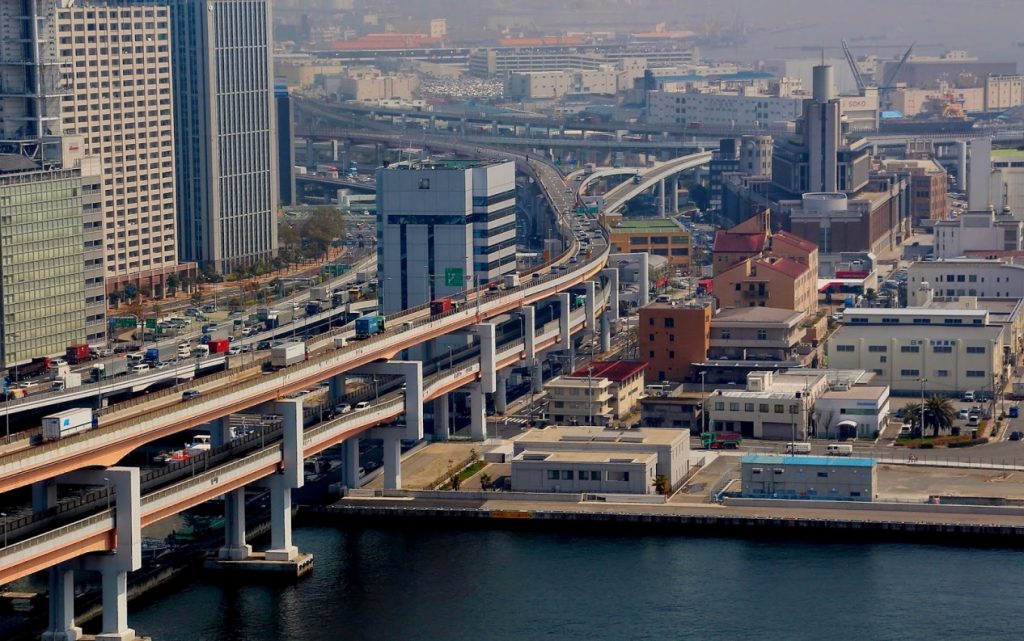afransen
Senior Member
You don't think some degree of team cohesion is important? There's a reason why corporations exist and every initiative isn't just hired out to a bunch of freelancers.
Losing the service desk at Kitchener GO (in 2019) was a bit of a blow - not only is the station there now locked more often than not, but there's simply no way to get Presto card encoding switched to "student" in a city with thousands of students.I'll start the return back on topic.
First: I was at the Hamilton GO Centre the other day to load my PRESTO at the ticket counter - however, after waiting for a few minutes in the line for the one of attendants to return to the wicket, as the sign "we'll be right back" indicated, a GO employee walked up and informed me they've gotten rid of the attendants and they've been 'redeployed' elsewhere. Apparently, permanently. Is this happening/going to happen to other stations as well?
I must say I think this is a step in the wrong direction. The attendants that I've dealt with have always been very knowledgeable about the routes, times, etc. and while I don't find myself needing that information much, others certainly do, especially travelers, visitors, etc. (which will return post pandemic!) and rely on that kind of knowledge being readily available. Not to mention that not even likes using or knows how to use the ticket vending machines.
I would also not be surprised if some of the 'redeployments' included early retirements etc. and a general shrinking of the workforce, which is very unfortunate if that were to turn out to be the case.
Second, I was also told that Metrolinx are not bringing back the 16 Hamilton-Union Express for "a while." They are monitoring ridership and will increase service as ridership increases, apparently. It's kind of hard to accurately monitor ridership on a route that runs only once per day at 12:30 midnight. But alas, it looks like the 16 will remain effectively cancelled for the foreseeable future.
I believe Metrolinx recently modified Confederation GO station to remove the station attendant booth as well and make it fully self-serving.
I get it, a lot of systems globally operate without station attendants, but it does put a "soft front" onto the system and makes it much easier to navigate for the inexperienced. I know that many, many occasional users who may only use the system a few times a year to go downtown for events rely on station attendants still.
Absolutely this. I think especially with a commuter-oriented system like GO, you have a lot of habitual/daily riders who are fully tied into transit cards and electronic fare, know their stations and routes well, etc., and that perspective can dominate. Occasional riders, especially older people, are more likely to benefit from service attendants at stations who can direct them to the right platform, sell tickets, give them the route to a destination, things like that.I believe Metrolinx recently modified Confederation GO station to remove the station attendant booth as well and make it fully self-serving.
I get it, a lot of systems globally operate without station attendants, but it does put a "soft front" onto the system and makes it much easier to navigate for the inexperienced. I know that many, many occasional users who may only use the system a few times a year to go downtown for events rely on station attendants still.
And there needs to be customer service spots at other places besides Union Station. Perhaps not every station, sure, but the major ones, and spread throughout the system for issues like Presto cards.
You don't think some degree of team cohesion is important? There's a reason why corporations exist and every initiative isn't just hired out to a bunch of freelancers.
Absolutely this. I think especially with a commuter-oriented system like GO, you have a lot of habitual/daily riders who are fully tied into transit cards and electronic fare, know their stations and routes well, etc., and that perspective can dominate. Occasional riders, especially older people, are more likely to benefit from service attendants at stations who can direct them to the right platform, sell tickets, give them the route to a destination, things like that.
I think there should be a consistent standard -- there shouldn't necessarily be attendants all day at every commuter station that sits basically vacant, but stations with certain passenger volumes, all-day service, the more major railway stations, and at least one manned station in each region/major municipality. The changes in the past few years feel like a "pullback" toward Toronto and Union that isn't exactly encouraging of people in other regions to use GO, who are exactly the population who probably need manned stations the most -- occasional users who are visiting a friend or relative, or going to Pearson to catch a flight, rather than suburban daily commuters who presumably already know what they're doing.
Is this another one of those things where Silicone Valley accidentally invents public transportation, except everything becomes privately owned?I saw this in my online travels. It presents a controversial opinion, but it makes some good arguements. What do you think? What impact will self driving cars have on GO Transit, specifically trains? Will people still have a reason to ride the train if cars/shuttles/pods are cheaper per mile and take you from origin to destination?

Driverless Cars Will Make Passenger Rail Obsolete - IEEE Technology and Society
In the age of driverless cars, rail -- as a means of transportation that takes many people from one central station to another central station -- has lost justification for its existence.technologyandsociety.org
Yes, inevitably they reinvent the bus, or the train. Buses seem like an excellent case for automation given their relatively fixed routes.Is this another one of those things where Silicone Valley accidentally invents public transportation, except everything becomes privately owned?
Like let’s put people in individual cars. Oh but it’s not really efficient. A car with one person takes up too much space. Let’s pull multiple people in cars. Then what if the cars were pods? And then the pods join each other or follow each other closely. What if we put these lines of pods underground, in a tunnel where it’s out of the way...




